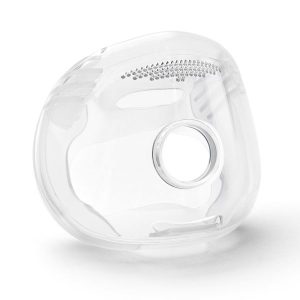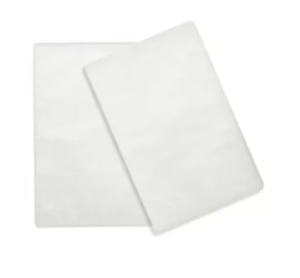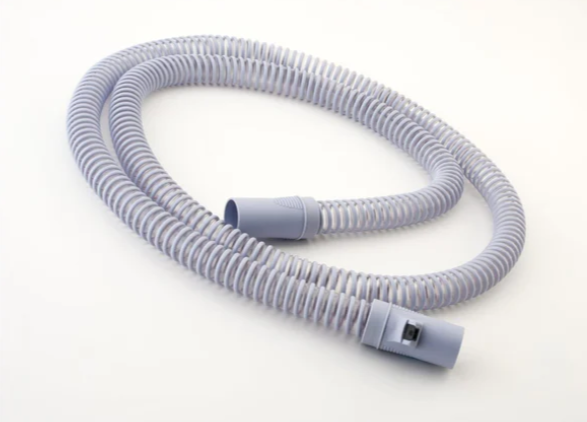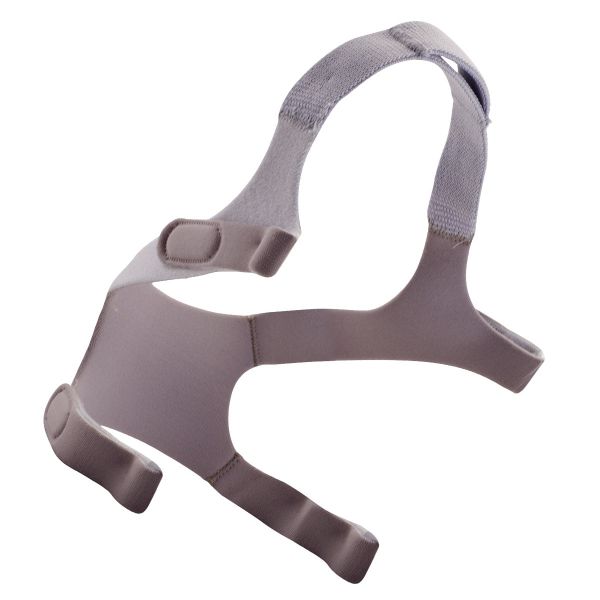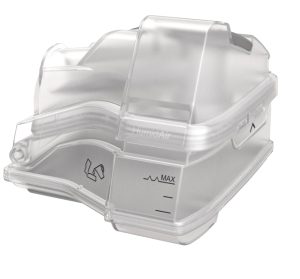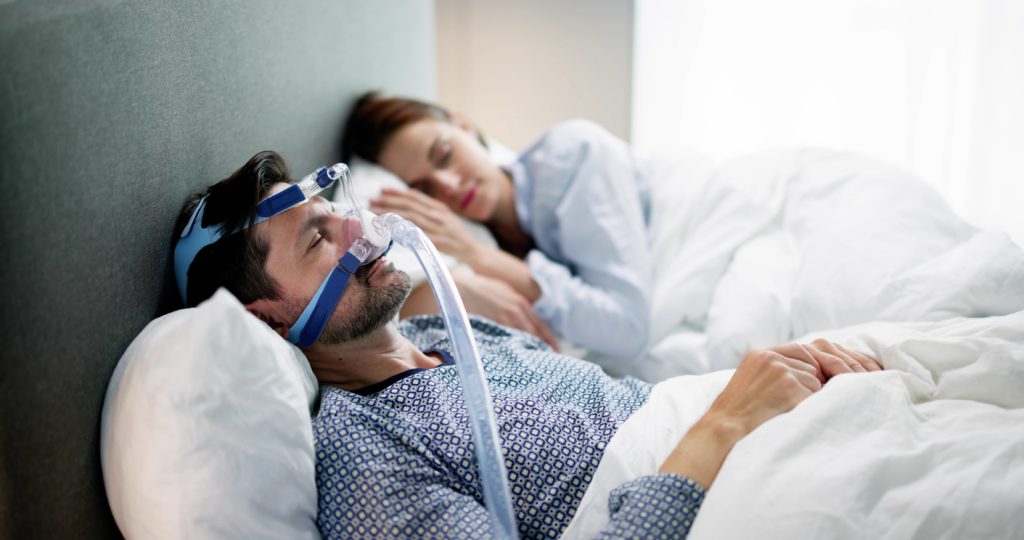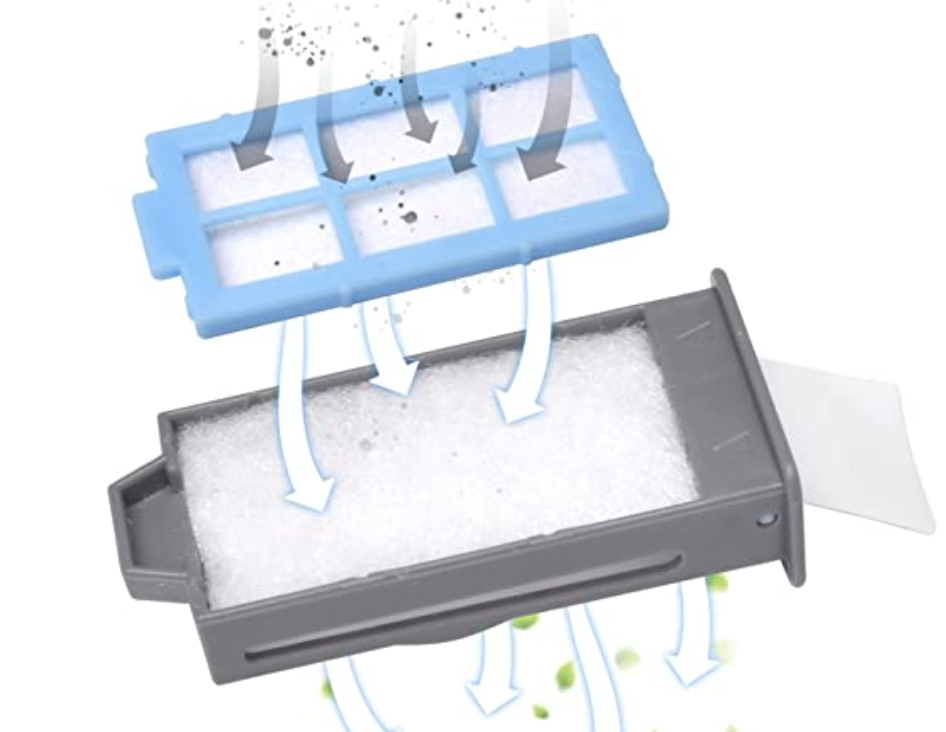Understanding the Replacement Schedule
Masks (without headgear)
Should be replaced every 3 months; Nasal cushions/pillows need replacement every 2 weeks and full-face cushions replaced every month. These are your direct point of contact with the machine, making their condition crucial for effective therapy.
Disposable filters
Should be replaced every two weeks, while reusable filters can last up to 6 months with regular cleaning.
Tubing
Should be replaced every 3 months to ensure proper air pressure delivery.


